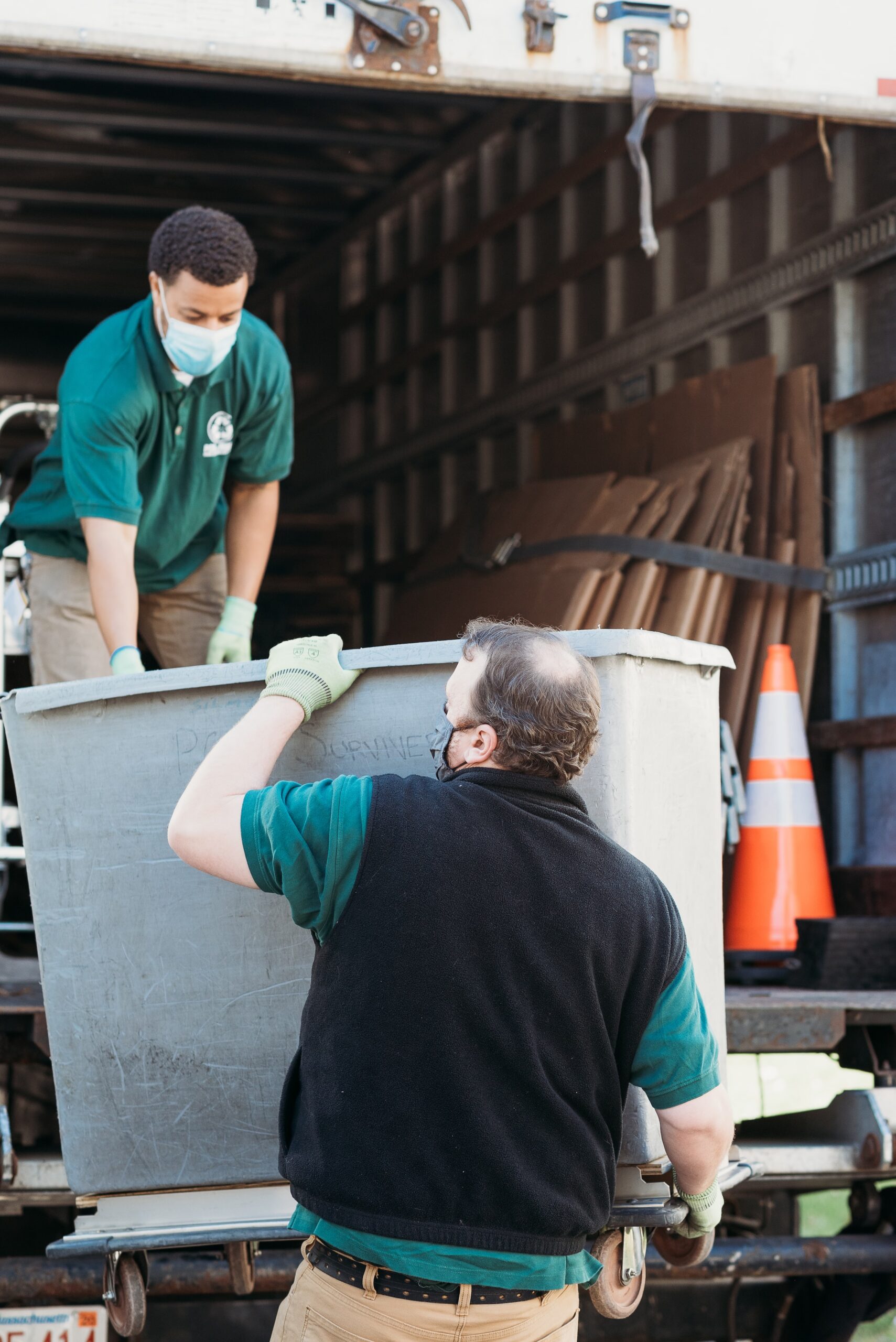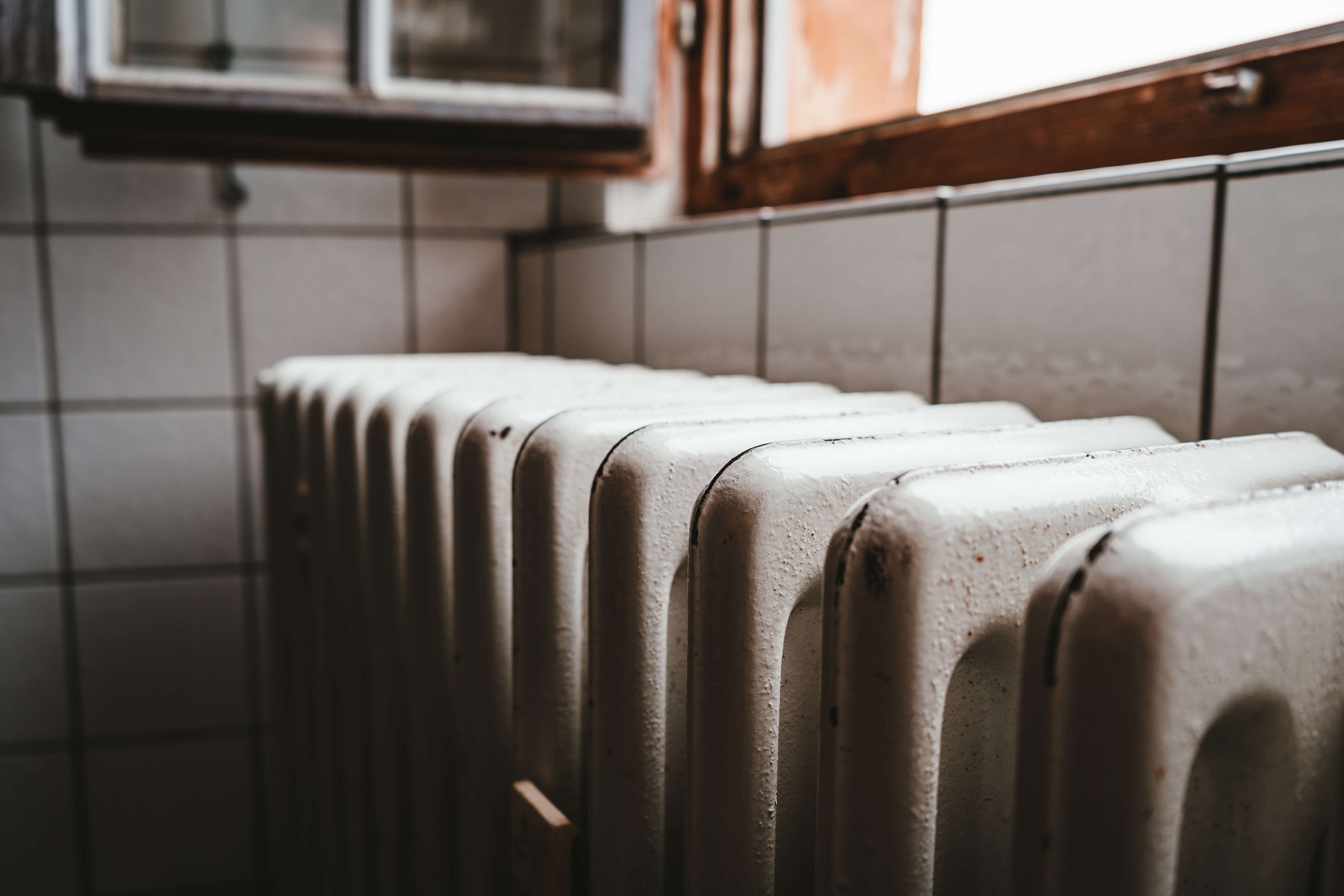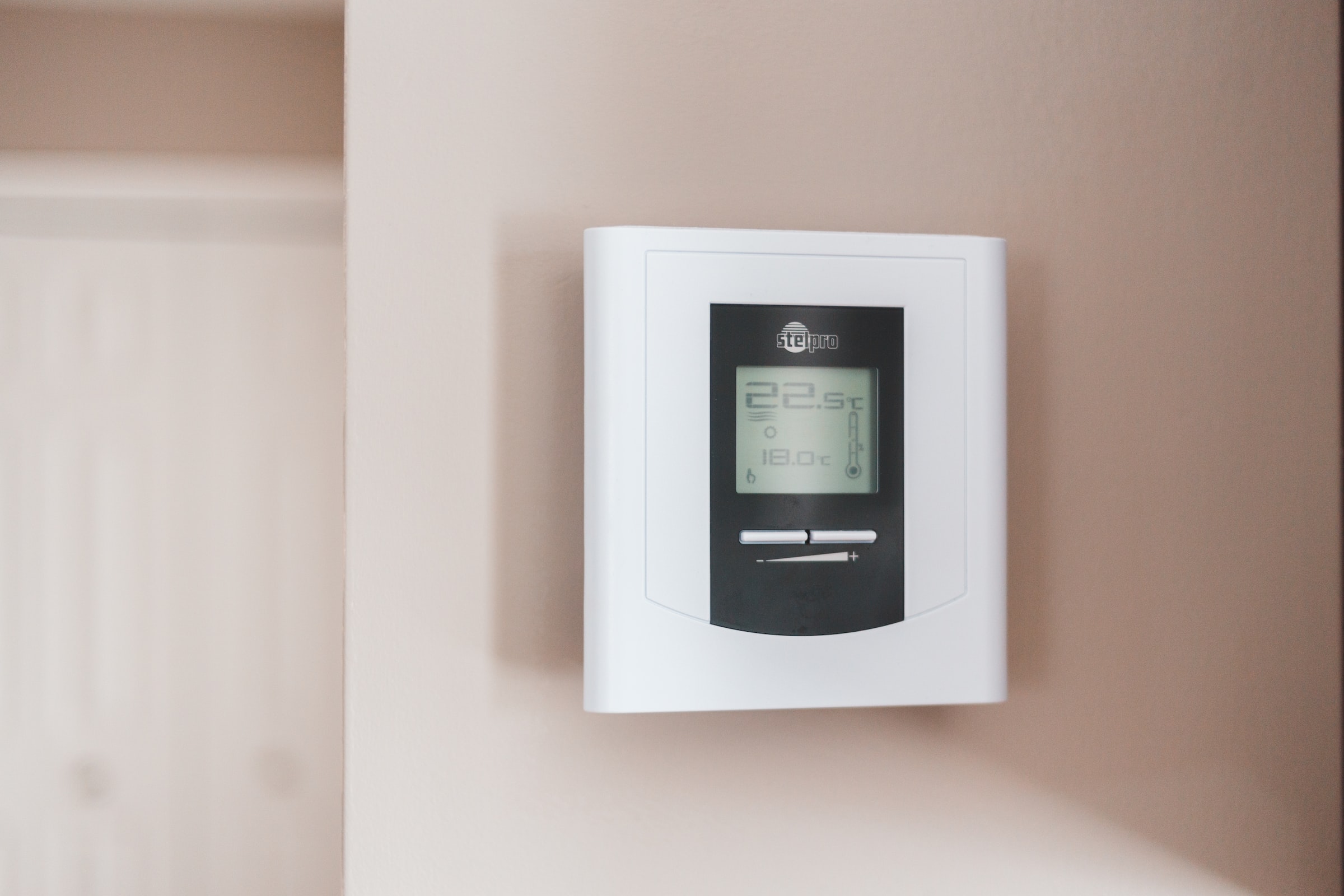Heaters are at the heart of heating in the home. However, it is a good idea to adopt a water heater that can filter the calories present in the water. The thermodynamic balloon then reinforces the energy savings. Want to know more about this thermodynamic water heater? In this article, you will find a guide dedicated to thermodynamic water heaters.
Thermodynamic tanks: What are they?

A thermodynamic tank, also known as a thermodynamic water heater, is a combination of a domestic hot water production tank with a heat pump. The role of this heat pump is to capture calories from the atmosphere and transmit them in the form of heat to the hot water tank. In this way, the tank heats the water in it.
In short, the air in the room where the tank is installed is used to heat a refrigerant. The temperature is then raised in the tank via a compressor, and the heat produced is finally transferred to the water in the tank. Find a professional in the field who can give you more guidance on the subject.
What happens if the outside temperature is too low? No problem! An electric resistance can be used to provide additional heating if necessary, for example, during periods of extreme cold or for essential domestic hot water (DHW) requirements.
Thermodynamic balloon: how does it work?
The thermodynamic tank must capture outside air to function properly. The 3 types of air captured by the heat pump differ from each other.
1. Ambient air
The heat pump and the hot water tank are incorporated into the same body. Therefore, the heat pump captures the heat in the room around the device. It is, therefore, important to choose the right heating system for your home.
2. The outside air
The heat pump and the cylinder are different. The heat pump is placed outside the house. This is the necessary solution if the interior room is smaller. It helps to save energy in the house.
3. Extracted air from the house
This is the combination of the heat pump and the storage tank. A system of ducts then recovers the heat from the air leaving the controlled mechanical ventilation system (VMC).
The heating medium of this type of tank is very advantageous. Its advantage lies precisely in its use of air as energy to create heat and hot water.
A thermodynamic tank is, therefore, an ecological and economical choice, as air is a renewable and free energy. The tank releases 3 kWh of heat to produce hot water from 1 kWh of electricity used. As a result, your hot water bill is three times lower. Isn’t that very interesting?
Where to install your thermodynamic tank?
In order for the tank to work efficiently, you can install it in the following locations:
- A room of at least 20 cubic metres for an ambient air heat pump
- Outside the building for an outdoor heat pump
- Or a living room such as the kitchen for an extracted-air tank.
Once installed and functioning, it is necessary to know how to maintain it. Its regular maintenance also allows it to function over a long period of time.
Thermodynamic tank: how to take care of it?

The maintenance of a thermodynamic balloon requires a particular maintenance such as:
- Cleaning the ventilation grids and filters
- Maintenance of the thermodynamic unit
It is nevertheless advisable to call on a heat pump professional to clean your thermodynamic tank. The specialist in heating solutions and professionals must be RGE certified in order to better help you install your thermodynamic tank. So don’t hesitate to tell them about your project. You will not be disappointed!
Sound off in the comments section below, and tell us what you want to read next and if you want to read more about thermodynamic tanks.
